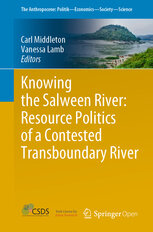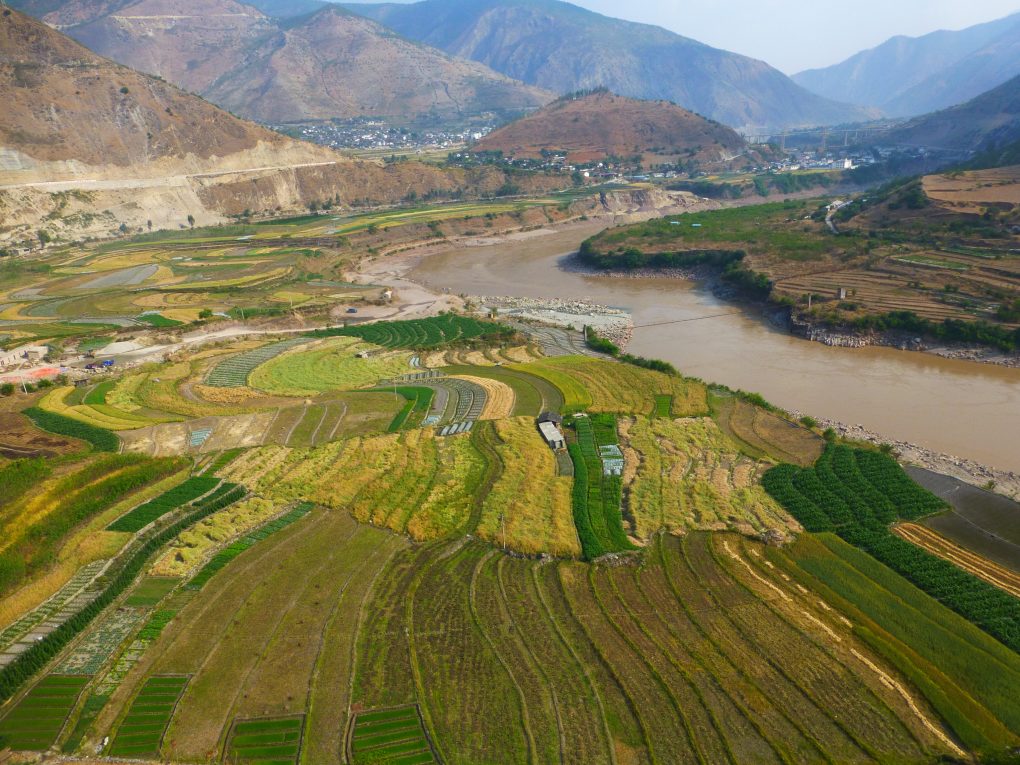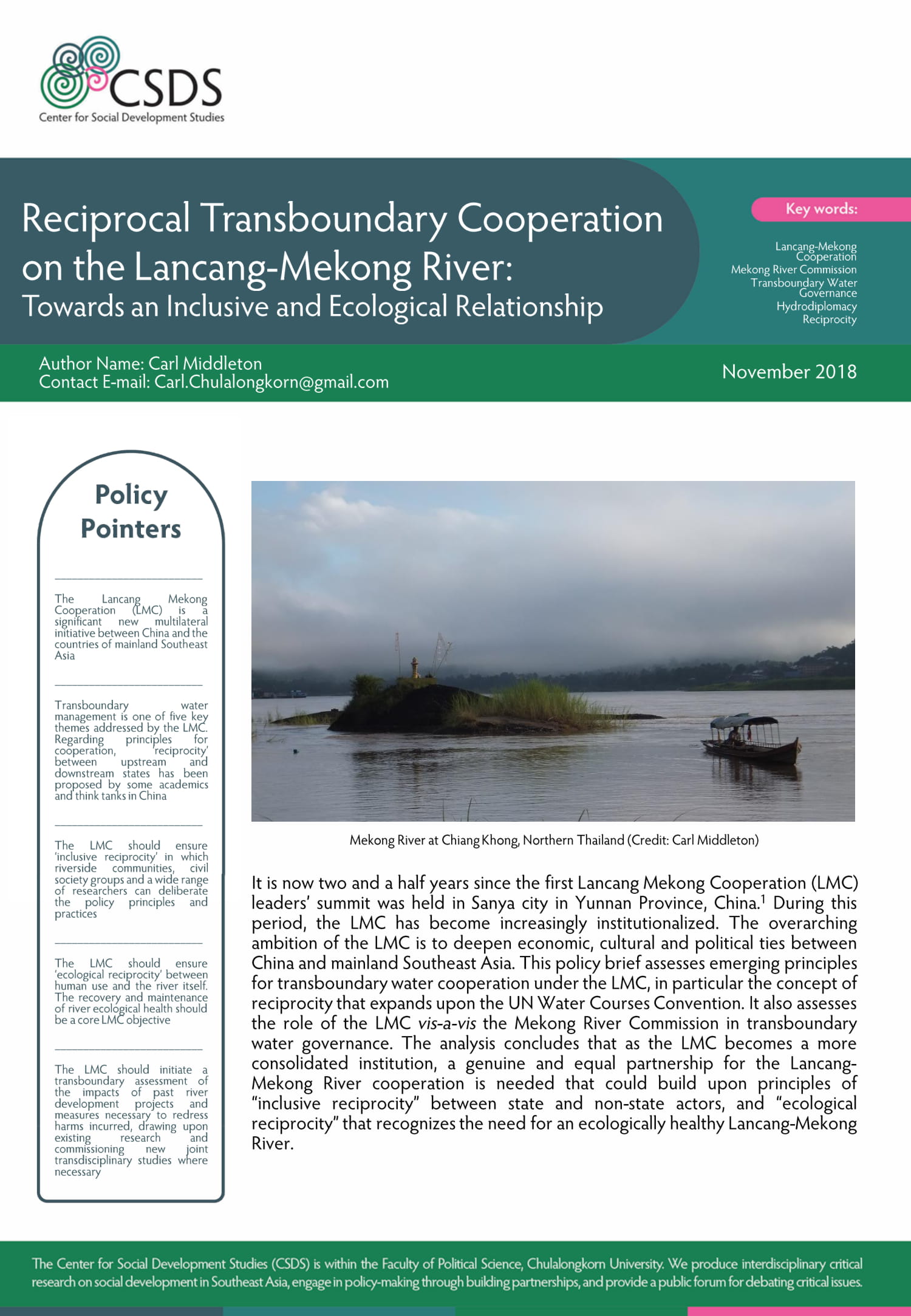TEACHING MANUAL: KNOTS Project | Second Section - Methodologies and Research Designs
/The teaching manual is the main outcome of the KNOTS project. It is a resource as well as a toolbox for university teachers, researchers, students and interested audiences With the manual, we want not only to motivate colleagues all over the world to take up transdisciplinarity in teaching but also to give some ideas and guidelines on how to do it in practice based on our shared experiences and endeavors.
For more background information about the teaching manual, please visit the link here.
Second Section - Methodologies and Research Designs
Methodologies for Transdisciplinarity
Transdisciplinary research practice challenges in its core two intrinsic assumptions of academic knowledge production: first, that scientific knowledge is neutral and objective, and second, that science is on top of the hierarchy between different sorts of knowledges. This session introduces thoughts from postcolonial and feminist authors who address science as relations of power and domination, but which are conspicuously missing in transdisciplinary literature. This session therefore introduces the concepts of othering, epistemic violence and colonizing discourse,as well as situated knowledges and standpoint theory. It further proposes reflexive positionality as a strategy to navigate through research and the pitfalls of producing knowledge within multiple societal hierarchies.
Participation and Local Knowledge
The general purpose of this lecture is to introduce participation and local knowledge in a combined way and explicitly link the two topics. The specific aim related to participation is to show that participation goes beyond mere communicative aspects and involves a political dimension. The specific aim related to local knowledge is to explain that general attributes of local knowledge make it a specific kind of knowledge found in all societies.
Knowledge Co-Production and Integrative Design
This session begins by discussing different types of knowledge and their multiple rationalities. It then deliberates why a disconnect exists between ‘real-world’ problems and knowledge produced through academic research projects, and it introduces ‘knowledge co-production’ to link them together (van Kerkhoff and Lebel, 2006). A methodology for transdisciplinary research developed by the Institute for Socio-Ecological Research (ISOE) is presented to exemplify how transdisciplinary research may be undertaken in practice (Bergmann et al 2012). This session concludes with a role-play exercise that explores the first stage of transdisciplinary research, namely problem definition and research question preparation.
Transdisciplinarity and Intersectionality
In this session, there will be five parts: (1) a short discussion of the similarities between the concepts intersectionality and transdisciplinarity, followed by (2) an introduction into intersectionality, and then (3) what it means to apply this concept methodologically. Finally, (4) it will be highlighted how to apply intersectionality in a transdisciplinary project, before (5) the conclusion of the lecture.
Ethical issues in the context of transdisciplinary research
This session will (1) introduce the historical roots of attending to the ethical aspects of human related research, (2) sum up the institutional context of research ethics as embodied in institutional ethical guidelines, (3) focus on the concepts of positionality and reflexivity and finally (4) discuss assessing ethics in the 3 stages of TDR projects.
Go to First Section - What is Trandisciplinarity?
Go to Third Section - Topics, Themes and Application
Please click here to visit KNOTS’ CSDS Project Page























